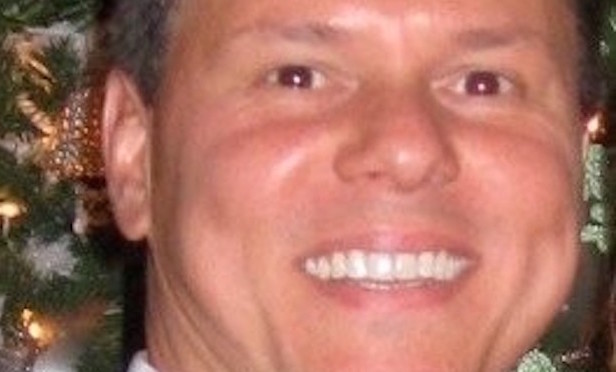 Michael D'Alessio
Michael D'Alessio
NEW YORK CITY—US District Court Judge Jesse M. Furman sentenced 53-year-old, New York City real estate developer Michael D'Alessio to 72 months in prison for defrauding investors in real estate projects located in Manhattan, the Hamptons, Westchester and elsewhere. His sentence also covered making false claims and concealing assets in his bankruptcy case.
In addition to time behind bars, the judge gave D'Alessio three years of supervised release and ordered him to pay $58,090,047.
As reported in GlobeSt.com, the feds indicted D'Alessio on August 28, 2018 and he pled guilty on Nov. 8, 2018.
Manhattan US Attorney Geoffrey S. Berman sums up the case saying D'Alessio promised investors he would develop luxury properties that would yield big returns, and when the real estate market took a downturn, he resorted to fraud.
“In the end, all he built was a Ponzi scheme that he used to rip off his investors of their hard-earned life savings to the tune of $58 million,” says Berman. “Today, D'Alessio was sentenced to six years in prison for this brazen fraud.”
Prosecutors say D'Alessio followed the same pattern in a series of real estate projects. He would seek investments by selling shares in a newly formed limited liability company named after the location of the real estate to be developed and sold. In exchange for the shares, D'Alessio would promise a guaranteed monthly interest payment and a share in the profits from the sale of the property. He would represent that investors' funds would be used only to develop and cover business expenses for the property in which they thought they were investing.
But Berman's office asserts that instead from 2015 through April 2018 D'Alessio took investors' funds and used them for his own purposes and benefit.
Berman says D'Alessio placed investors' funds in bank accounts of shell companies which he owned and controlled. He adds the defendant used the funds to pay off debts and prior investors and to fund his gambling and other personal expenses. Berman says D'Alessio covered up his fraud with a Ponzi scheme, obtaining money by deceiving investors, then making payments to other investors in other real estate projects.
The prosecutors say D'Alessio made additional misrepresentations. For example, they allege he knew rent-controlled tenants lived in one piece of property on the Upper East Side and could not be easily evicted. Yet he told investors that the building would be delivered to him vacant. In contrast to his representations of a speedy development and a viable investment opportunity, no one could make substantial changes to the property while the tenants still lived in their homes.
In 2018, D'Alessio went into Chapter 7 involuntary bankruptcy. Adding to O, what a tangled web, he submitted forms where he fraudulently omitted money and property belonging to his estate, and made a false declaration under penalty of perjury concerning his money and property.
Berman says at the time of D'Alessio's arrest in August 2018, law enforcement agents found $44,000 in cash, including $30,000 in a gym bag alongside a firearm. Following the arrest, law enforcement agents also learned about a bank account with $3,047.16 that D'Alessio controlled but had not been reported in the bankruptcy. Prosecutors say he concealed at least $143,047.16 from the bankruptcy court.
D'Alessio was represented by Benjamin Brafman, the big-time defense lawyer known for taking on high profile defendants including Charles Kushner, Sammy “the Bull” Gravano, Martin Shkreli, Michael Jackson, Dominique Strauss-Kahn and until their recent parting of ways—Harvey Weinstein.
© Touchpoint Markets, All Rights Reserved. Request academic re-use from www.copyright.com. All other uses, submit a request to [email protected]. For more inforrmation visit Asset & Logo Licensing.







